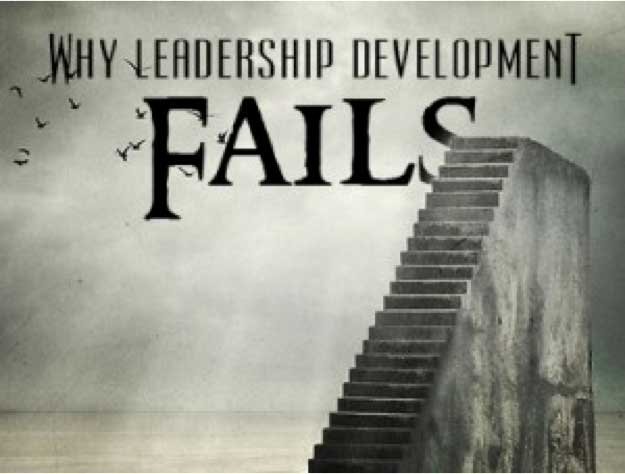Any reasonable assessment of the current state of U.S. business leadership would at least conclude that it’s struggling. A look at the data tells an even bleaker tale. American business leadership is in a dark place of its own making and many in the leadership development industry are in the dark with them.
 Gallup’s State of the American Workplace documents 70% of workers are not engaged or are actively disengaged, a drag on business performance to the tune of an estimated 20% of profitability. Maritz Research says only 14% of employees believe their leaders are ethical and honest, only 10% trust management to make the right decisions in times of uncertainty, and just 7% say that senior management’s actions are consistent with their words.
Gallup’s State of the American Workplace documents 70% of workers are not engaged or are actively disengaged, a drag on business performance to the tune of an estimated 20% of profitability. Maritz Research says only 14% of employees believe their leaders are ethical and honest, only 10% trust management to make the right decisions in times of uncertainty, and just 7% say that senior management’s actions are consistent with their words.
These statistics are even more troubling for American business when 79% of CEOs expect high or very high levels of strategic complexity over the next five years but less than half are prepared to deal with it.
Additionally, the business situation is demanding more creativity and innovation from leaders to develop disruptive new products, make dramatic business model changes, and alter the status quo. But those efforts are likely to be frustrating, at best, considering a disengaged, mistrusting workforce. No wonder the failure rate for strategic initiatives like business transformations, mergers and acquisitions, and major IT projects is an estimated 70%.
 Disengaged employees, a serious lack of trust, increasing strategic complexity, and a growing need for creativity and innovation across the business model add up to greater challenges for leadership in the days to come. U.S. businesses already spend nearly $170 billion annually equipping and developing leaders for these challenges. But according to Mike Myatt and others, “the leadership training industry is broken” and “is the #1 reason leadership development fails.”
Disengaged employees, a serious lack of trust, increasing strategic complexity, and a growing need for creativity and innovation across the business model add up to greater challenges for leadership in the days to come. U.S. businesses already spend nearly $170 billion annually equipping and developing leaders for these challenges. But according to Mike Myatt and others, “the leadership training industry is broken” and “is the #1 reason leadership development fails.”
American business leadership and the leadership development industry haven’t gotten the intended results and it’s time to admit the problem: “We have met the enemy… and he is us.” We are doing a lot of good things but not the work that matters.
Time to focus on the work that matters. The solution is to change how we think about leadership development. With a change in the leadership development model, we can begin to change the trajectory of leadership and help them get out of the dark places.
(Stay tuned for a recommended model for leadership development.)